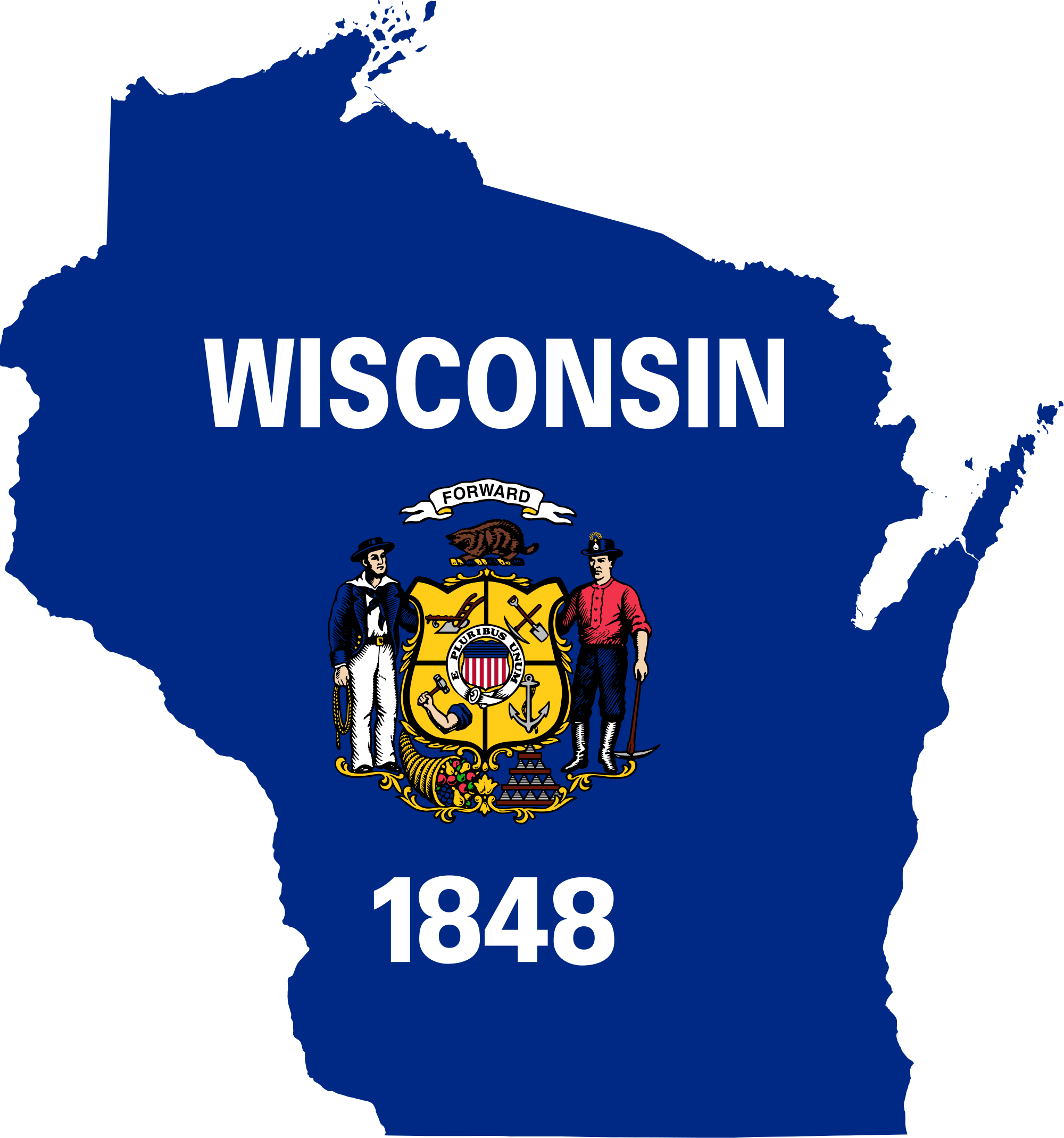Freight trolleys in the back, passenger trolleys in the front.
I’m sure it’s just more efficient to just run freight routes, instead of trying also add passengers.
Freight trains are typically extremely long, and slow. Not only would passengers not want to go that slow, but expanding energy to start and slow freight at every stop is probably not financially wise.
It stands to reason that if this were profitable, companies would do it without even giving the profits to the passengers.
There are also different types of freight trains that do very different trip plans. Manifest trains stop frequently and for long periods of time. Intermodal trains often pass through hump yards and are torn down and rebuilt after interchanging cars for various destinations. None of this conducive to passenger cars being in the mix. Not to mention hazmat cars and the liability of hauling hazmat and people together.
There is a wikipedia article on this : “Mixed train”. It seems that 2 routes are still operated with both freight and passenger, but it’s not common nowadays because it’s slower and easier to separate freight and passenger routes.
the British Columbia Electric Railway ran electric trains until the '40s when tire rubber made buses so attractive that they swapped reliable climate-conscious trains for buses fighting the light and traffic and smelling the place up.
The trains were mixed-use on the same train, with light freight in the back. They ran from the north shore to Chilliwack, pretty much. We’ve yet to replicate that.
Removed by mod




